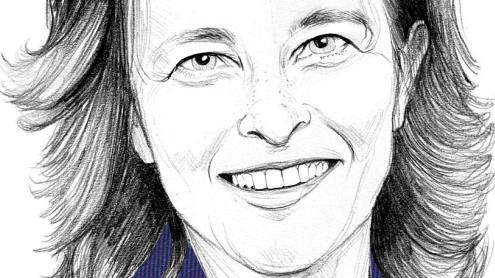Trade between the world’s emerging markets – the imprecisely defined South-South trade – has been the big growth story of the past decade. While trade involving a developed country still represents the vast majority of total global trade, the proportion has been decreasing. Corridors between emerging economies, on the other hand, are expanding fast. According to the World Trade Organisation (WTO), South-South trade has doubled as a percentage of global volumes in the 20 years to 2011 to reach almost $20,000bn. And with world exports representing more than 30% of global gross domestic product (GDP), cross-border trade will continue to be the fastest way to prosperity for developing countries.
The importance of international exports has been recently highlighted by the symbolic, although timid, first global trade deal ever reached by the WTO since it began in 1995. During the WTO’s ministerial conference in Bali last December, the 159 member countries agreed to set common custom standards and ease the flow of goods across borders.













